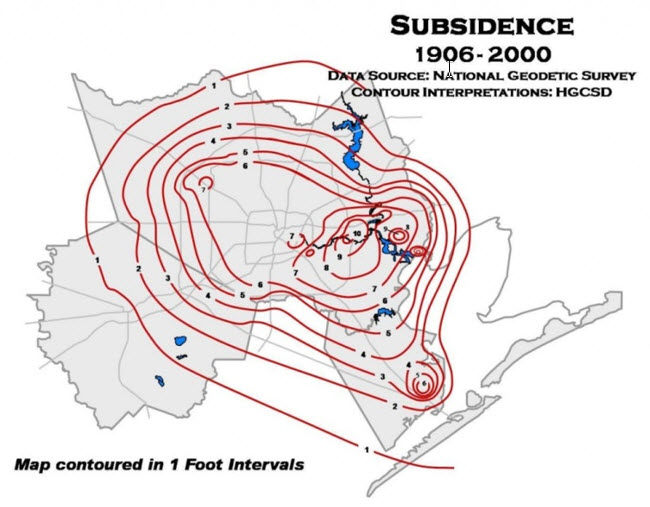From 1906 to 2000, up to seven feet of subsidence, or sinking of the land surface, has been measured in northwest Harris County. The Harris-Galveston Subsidence District, a special purpose district formed by the Texas Legislature in 1975 for the purpose of preventing land subsidence, has enacted a regulatory plan that requires WHCRWA to convert to 80 percent surface water by 2035. The SWSP is necessary to meet these conversion requirements.
